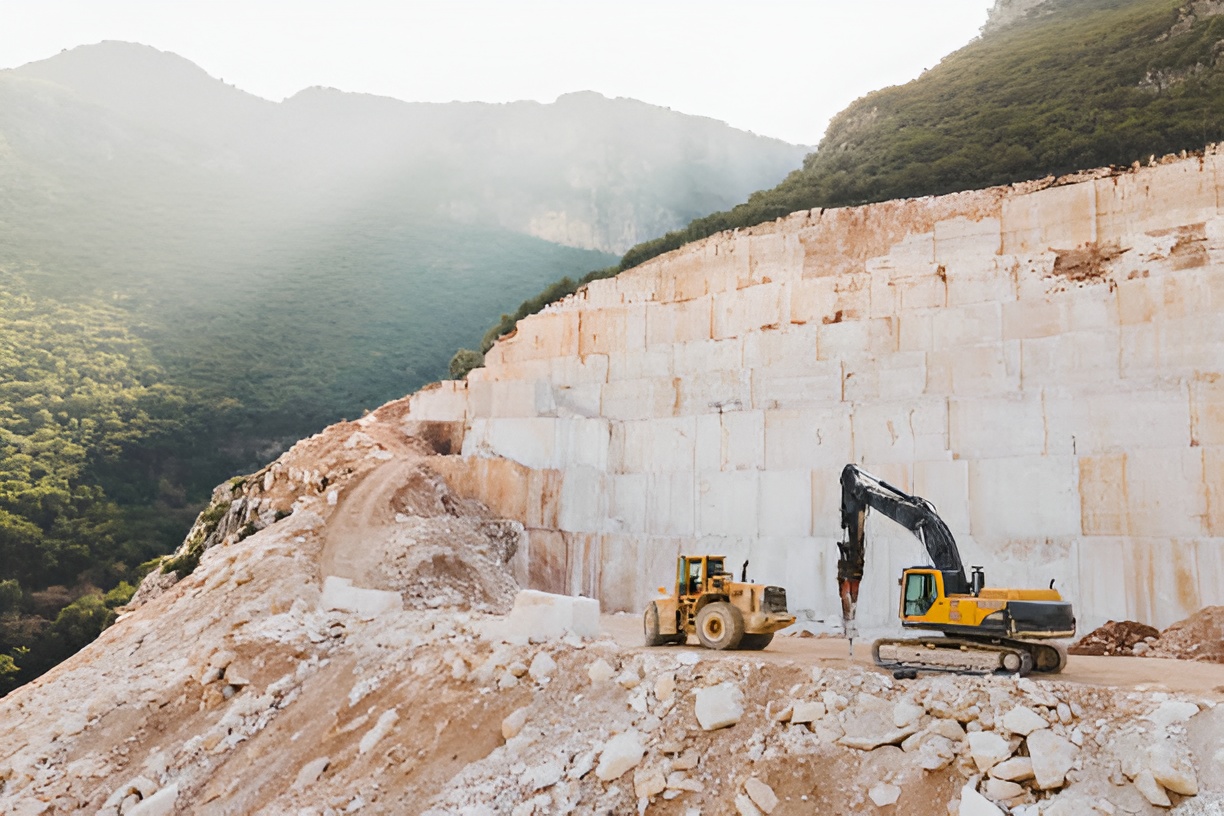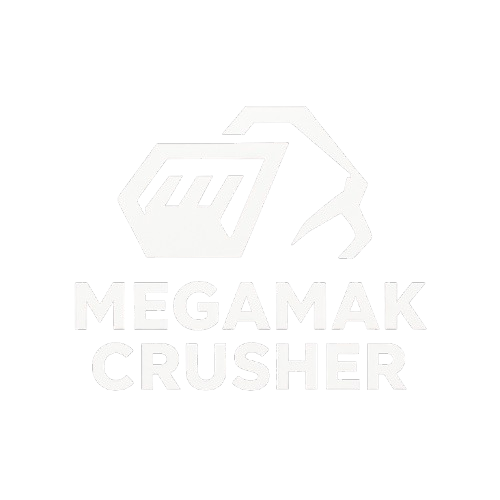Understanding Crusher Types: Jaw, Cone, and Impact

Choosing the right type of crusher is fundamental to efficient material processing. Each crusher type — jaw, cone, or impact — serves a specific purpose based on material hardness, feed size, desired output, and production capacity. Understanding these differences ensures optimal performance and cost-effective operation.
Jaw Crushers are primarily used for initial crushing of hard, abrasive materials like granite, basalt, and iron ore. They work by compressing material between a fixed and a moving jaw plate. This robust design is capable of handling large feed sizes and produces consistent coarse material suitable for secondary crushing. Jaw crushers are valued for their reliability, low maintenance needs, and ability to process massive rocks, but they typically produce a less refined output.
Cone Crushers are used as secondary or tertiary crushers and are ideal for producing fine, cubical aggregates. They operate with a rotating mantle and a fixed concave, applying compressive force to the material. Cone crushers require pre-sized feed and are effective for medium to hard rocks, offering high throughput and uniform output. Adjustable settings allow operators to control output size and reduction ratio precisely.
Impact Crushers differ by breaking materials with high-speed impact rather than compression. They are versatile, handling softer rocks, construction debris, and recycled materials. Impact crushers provide excellent product shape and high reduction ratios. However, they generate more fines and require more frequent wear part replacements. These machines excel when a clean, well-shaped, and consistent product is needed, particularly in recycling applications.
Key Considerations:
-
Material Properties: Hardness, abrasiveness, and moisture content determine which crusher is most suitable.
-
Feed Size: Large rocks require jaw or gyratory crushers; medium-sized material can go to cone crushers, and smaller or mixed feed is ideal for impact crushers.
-
Desired Product: If a fine or cubical output is required, cone or impact crushers are preferred.
-
Capacity Needs: Ensure the crusher matches the desired tons per hour to avoid bottlenecks.
-
Operational Flexibility: Mobile crushers offer relocation and on-site processing benefits, whereas stationary crushers are suitable for high-volume, fixed operations.
By understanding the characteristics and applications of each crusher type, operators can select the best equipment for their specific needs. Proper selection maximizes productivity, reduces maintenance costs, and ensures consistent material quality. Whether processing virgin rock, recycled material, or mixed debris, the right crusher improves operational efficiency and contributes to a cost-effective production workflow.
